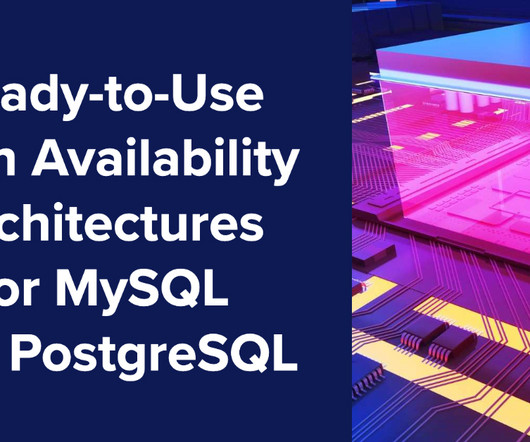DBaaS Pros & Cons
Scalegrid
NOVEMBER 29, 2023
In today’s rapidly evolving digital landscape, the way we manage databases is undergoing a transformative shift. The rise of Database-as-a-Service (DBaaS) is not just a trend but a strategic response to the growing complexities of data management. However, using a database as a service is not without its set of challenges.
















Let's personalize your content